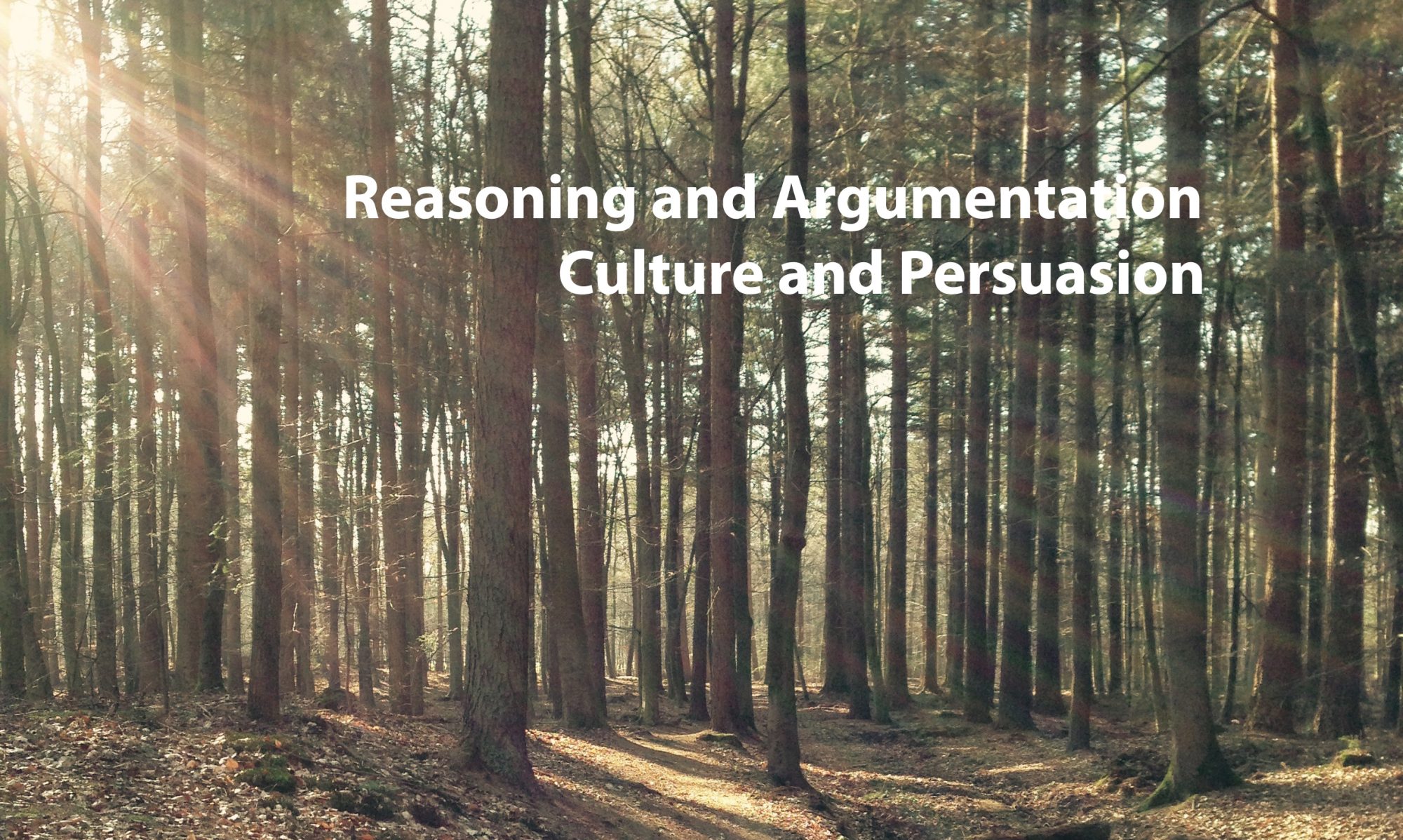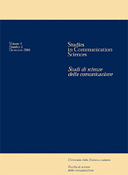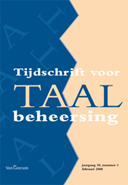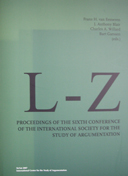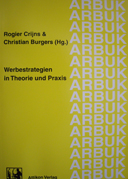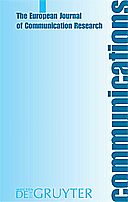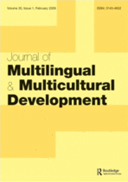 In multilingual advertising, a foreign language is often used for symbolic purposes. In non-French-speaking countries, for instance, French is said to be associated with charm and style. The assumption is that the associations carried by the foreign language are transferred to the product that is advertised. A product advertised using French would thus also be seen as charming and stylish. Although a number of suggestions have been made as to the associations evoked by particular foreign languages, it has never been tested what associations are actually evoked in the minds of consumers. In an experimental study, 78 Dutch respondents were asked to write down their associations with two advertisements for one product which were identical except for the foreign language in which they were written (French, German, or Spanish). We investigated the kinds of associations evoked, the number of associations, their valence (positive, negative, neutral), and participants’ appreciation of the foreign language advertisement. Results showed that the different languages evoked partly different associations, and that the valence of the associations, and not their number, affected participants’ preference for the advertisement. Participants preferred the ad with the highest number of positive associations and the lowest number of negative associations.
In multilingual advertising, a foreign language is often used for symbolic purposes. In non-French-speaking countries, for instance, French is said to be associated with charm and style. The assumption is that the associations carried by the foreign language are transferred to the product that is advertised. A product advertised using French would thus also be seen as charming and stylish. Although a number of suggestions have been made as to the associations evoked by particular foreign languages, it has never been tested what associations are actually evoked in the minds of consumers. In an experimental study, 78 Dutch respondents were asked to write down their associations with two advertisements for one product which were identical except for the foreign language in which they were written (French, German, or Spanish). We investigated the kinds of associations evoked, the number of associations, their valence (positive, negative, neutral), and participants’ appreciation of the foreign language advertisement. Results showed that the different languages evoked partly different associations, and that the valence of the associations, and not their number, affected participants’ preference for the advertisement. Participants preferred the ad with the highest number of positive associations and the lowest number of negative associations.
- Hornikx, J., Meurs, F. van, & Starren, M. (2007). An empirical study on readers’ associations with multilingual advertising: the case of French, German, and Spanish in Dutch advertising. Journal of Multilingual and Multicultural Development, 28 (3), 204-219. [pdf]
 In verschillende Europese landen worden vaak dezelfde reclameadvertenties gebruikt. Volgens Amerikaans en Aziatisch onderzoek zijn zulke gestandaardiseerde advertenties minder overtuigend dan advertenties die aan de nationale culturen zijn aangepast. Die conclusie blijkt niet op te gaan voor Europa. Een meta-analyse van Europese onderzoeken laat zien dat culturele aanpassing in Europa nauwelijks meerwaarde heeft.
In verschillende Europese landen worden vaak dezelfde reclameadvertenties gebruikt. Volgens Amerikaans en Aziatisch onderzoek zijn zulke gestandaardiseerde advertenties minder overtuigend dan advertenties die aan de nationale culturen zijn aangepast. Die conclusie blijkt niet op te gaan voor Europa. Een meta-analyse van Europese onderzoeken laat zien dat culturele aanpassing in Europa nauwelijks meerwaarde heeft.